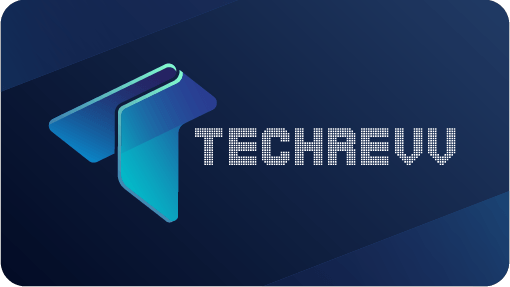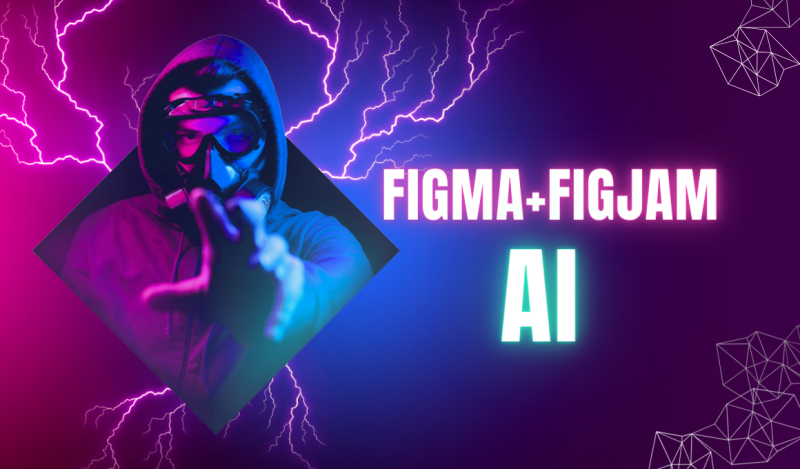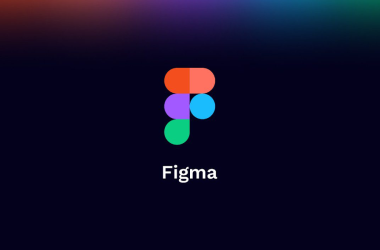In the fast-paced realm of digital design and collaboration, Figma has consistently been at the forefront, revolutionizing how teams work together on creative projects. One of their key offerings, FigJam, a real-time whiteboard tool, has recently received a significant upgrade, incorporating cutting-edge AI features to enhance collaboration and productivity. In this article, we will explore the latest advancements introduced by Figma in FigJam and delve into how these new capabilities are poised to transform the collaborative design landscape.
FigJam's Evolution:
FigJam was introduced by Figma as a collaborative whiteboard tool in response to the growing need for real-time ideation and brainstorming among remote and distributed teams. Its user-friendly interface and seamless integration with Figma's design platform quickly gained popularity, making it a go-to choice for designers and teams to streamline collaborative workflows.
The Integration of AI:
The latest update to FigJam introduces AI-powered features designed to make collaboration even more intuitive and efficient. Figma has leveraged machine learning algorithms to augment FigJam's capabilities, providing users with tools to anticipate their needs and enhance the overall design process.
Smart Suggestions:
One of the standout features of FigJam's AI integration is the introduction of smart suggestions. As users sketch, draw, or add elements to the whiteboard, FigJam's AI engine analyzes the content and intelligently suggests related elements, icons, or entire design components. This accelerates the design process and sparks creative inspiration by offering relevant and context-aware suggestions.
Auto-alignment and Distribution:
Design alignment and distribution can be time-consuming, especially in collaborative environments where multiple contributors work simultaneously. FigJam's AI now automates this process by intelligently aligning and distributing elements on the whiteboard, maintaining a clean and organized layout. This ensures that design elements are consistently spaced and aligned, saving valuable time for the creative team.
Context-Aware Smart Connectors:
Collaborative design connects ideas, concepts, or components with lines and arrows. FigJam's AI-enhanced smart connectors take this a step further by being context-aware. They intelligently adapt to the content they connect, adjusting shape and style to enhance visual clarity. This feature not only adds polish to the design but also improves the overall communicative impact of the collaborative work.
Real-time Collaboration Insights:
Understanding how team members interact with the whiteboard is crucial for optimizing collaboration. FigJam's AI now provides real-time insights into user interactions, highlighting patterns and trends in collaborative behavior. This data can be invaluable for project managers and team leads, offering a deeper understanding of the design process and potential areas for improvement.
Conclusion:
Figma's commitment to innovation and user-centric design is evident in the latest enhancements to FigJam. By infusing AI capabilities into this collaborative whiteboard tool, Figma has elevated the design and ideation experience for teams around the globe. As remote work continues to be a prevalent mode of operation, tools like FigJam are instrumental in fostering creativity, communication, and efficiency among distributed teams. The future of collaborative design looks brighter than ever, with Figma leading the way.









